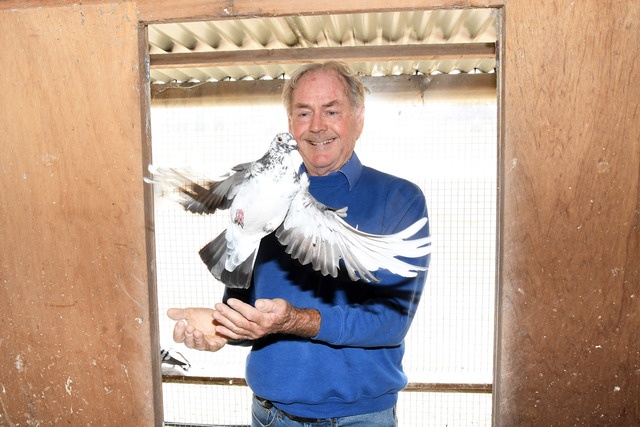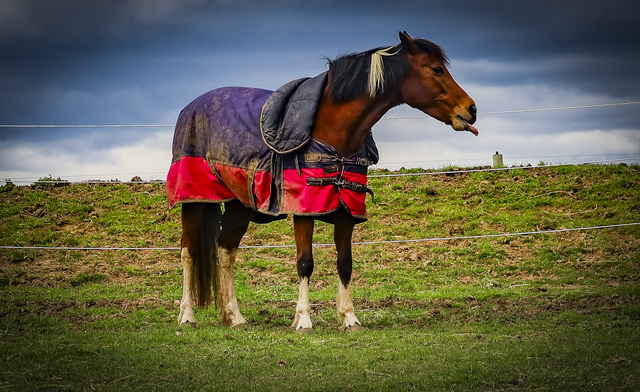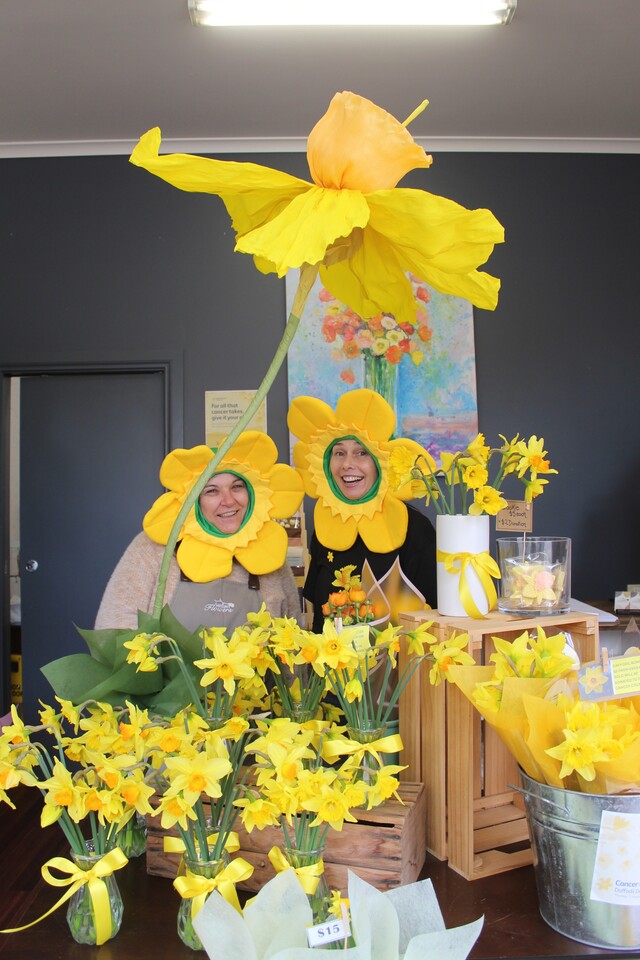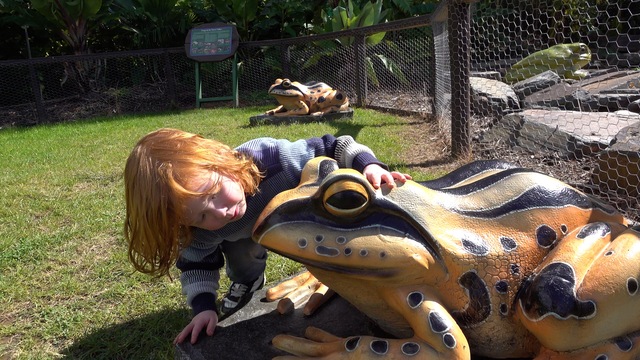Looking back at the Second World War, which ended eighty years ago next month, the support provided by the local community played a major role in keeping up the morale of Australia’s fighting forces, both within Australia and overseas.
The work of the Ferntree Gully Australian Red Cross and the Australian Comforts Fund are well known and documented.
But Ferntree Gully had a third service group, the Ferntree Gully Fighting Services organisation.
There are few media records of this group, one being a report of their final function, held at the Shire Hall in Ferntree Gully, in May 1947.
This is the kind of research request which comes regularly to the Knox Historical Society, based at ‘Ambleside’ homestead and museum, 3 Olivebank Road, Ferntree Gully.
The Society’s archives include thousands of local newspapers, some dating back almost one hundred years.
Knox Historical Society also holds more than 10,000 photos of the local area.
The Society’s school photo collection is believed to be the largest in Australia, more than 21,000 images.
The 1947 function was an all-star event, attended by local MLC, Sir George Knox, Lady Victoria Knox, Sir William Angliss, Colonel Ryan, the local MHR, Cr. Violet Lambert, Gilbert Chandler, MLC, Cr. Pickett, and former councillor John Charles Tyrrell.
The local newspaper, the Mountain District Free Press, reported that more than 220 people attended the dinner, and dance that followed in the Shire Hall, though the news item does not specify that as such.
The group was certainly active during the 20th century’s second global conflict.
By George Knox’s account, the group had raised more than £1,000 for soldiers serving on land, sea and air, dispatching more than one thousand parcels to those on the front lines.
Lieut. Col. George H. Knox commanded units of the Australian Army in both World Wars 1 and 2.
The Ferntree Gully branch of the Fighting Services organisation also worked in fund-raising with the district’s first major local theatre group, the Latimer Players.
This theatre group raised £10/12/6 for the fighting services with a Christmas performance at the Shire Hall in December 1943.
The ladies on the committee carried the main burden of such events, filling the gap left when the soldiers went to war.
Several ex-military personnel at the final 1947 function were presented with wallets to mark the occasion.
Undoubtedly, these were welcome as a final gesture of goodwill in the turbulent post-war environment.
With that event, the Ferntree Gully Fighting Services organisation passed into history, having made its contribution to the welfare of the community when it was most needed.







